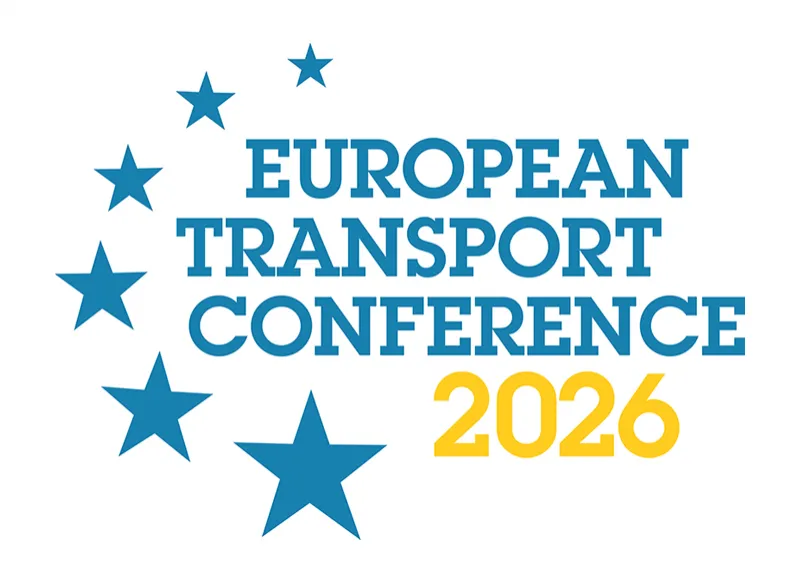-
Past ETC Papers

Browse, search and view papers from the past AET Conferences.
-
Members' Area

AET promotes networking and exchange of ideas, information and opportunities amongst members.
Conference Papers 2022
Milan, Italy
ETC Conference Papers 2022
EV-share development: speed vs interest to adopt
Seminar
Day 2 (8 Sep 2022), Session 4, ELECTRIC MOBILITY, 10:00 - 11:30
Status
Accepted, documents submitted
Submitted by / Abstract owner
Riku Viri
Authors
Riku Viri, Tampere University
Johanna Mäkinen, Tampere University
Short abstract
We examine with 9 scenarios, how both the interest towards EVs and turnover speed of the car fleet affect the number of EVs towards 2030 in Finland. Based on the results, increase in turnover speed cannot overcome the lower interest in EVs.
Abstract
In Finland, transport is a notable source of greenhouse gas emissions. While affecting the mobility habits of people has an effect to large share of these emissions, the development of the car fleet itself plays a major part as well. The increased share of EVs has been one of the key targets to achieve emission reductions from transport.
For gaining more EV-share, a common method is to drive up interest towards EVs with for example tax benefits, pricing incentives or advertising. This leads to more car buyers to choose EV instead of petrol or diesel car when changing to a new car. However, this only applies when the person is ready to change the car, as there may already be an EV interest, but no current need to change the car, thus hindering the EV adoption. In Finland, the turnover age of a car is fairly high compared to European average, so policies aiming towards shortening the turnover time could also have an effect. This study aims to examine the relation between these.
In this study, we used Finnish SALAMA-model to calculate different scenarios of both different turnover times as well as different levels of interest towards EV adoption to examine, what type of effects these have to the fleet development, both together and alone. For turnover speed, we looked into scenarios having 100%, 85%, and 70% of current speed, where 100% represents the current speed in Finland and 70% is on par with the European countries having fastest turnover speeds.
Regarding interest level towards EVs, we used the actual Finnish sale trends of new EVs in the start of 2021 as a basis to estimate the interest towards both PHEVs and BEVs to the year 2025. For years 2025-2030, we assumed all PHEV interest to turn into BEV interest. In addition to this regular scenario, we calculated plus and minus variants to have either 10%-point higher (plus) or 10%-point lower (minus) total interest into adopting EVs. Based on these two sets of three scenarios, we formed a total of nine scenarios to catch every combination and calculated the car fleet development results through the model.
When looking at the EV share in the car fleet in 2030, the scenario with regular turnover speed and regular interest level towards EVs would lead to 28 % of cars in use being EVs (total of PHEVs and BEVs). The lowest result (18%) is unsurprisingly in the scenario having regular turnover with minus-adoption scenario, whereas the largest share (47%) is achieved with the 70% turnover speed and the plus-adoption scenario. However, the results indicate that both the regular turnover with plus-adoption, as well 70% speed with regular adoption have same type of effect to 2030 (37% of share). It is also interesting to notice that with lower adoption of minus-scenario, even 70% turnover speed is not enough to achieve more EVs compared to the scenario with regular speed and adoption (25% and 28% respectively).
Based on these results, the faster turnover certainly helps the adoption of EVs in Finland, but without the actual interest towards EVs by more and more car buyers, it is not enough. However, upon further research, it should be relevant to also calculate the emission effects of the different scenarios. Even though the faster scenarios do not necessary lead to a desired share of EVs, they may lead reduced levels of emissions due to having newer cars in general in the fleet.
Background information: The car fleet model used in the study is already created and the analysis regarding the number of cars by driving power is already ran, but the CO2-levels are yet to be calculated at the time of the abstract. These will be ready and validated at the time of the conference.
Programme committee
Data
Documents:

Association For
European Transport
Forester House
Doctors Lane
Henley-in-Arden
Warwickshire, UK
B95 5AW
+44 (0) 15 64 793552
VAT number: 710 1866 64
Conference Supporters & Endorsers




Legal Entity
The Association for European Transport is registered as an Association ('vereniging') with the Chamber of Commerce for Haaglanden in The Netherlands under company number 27170096.
Built on Zenario




